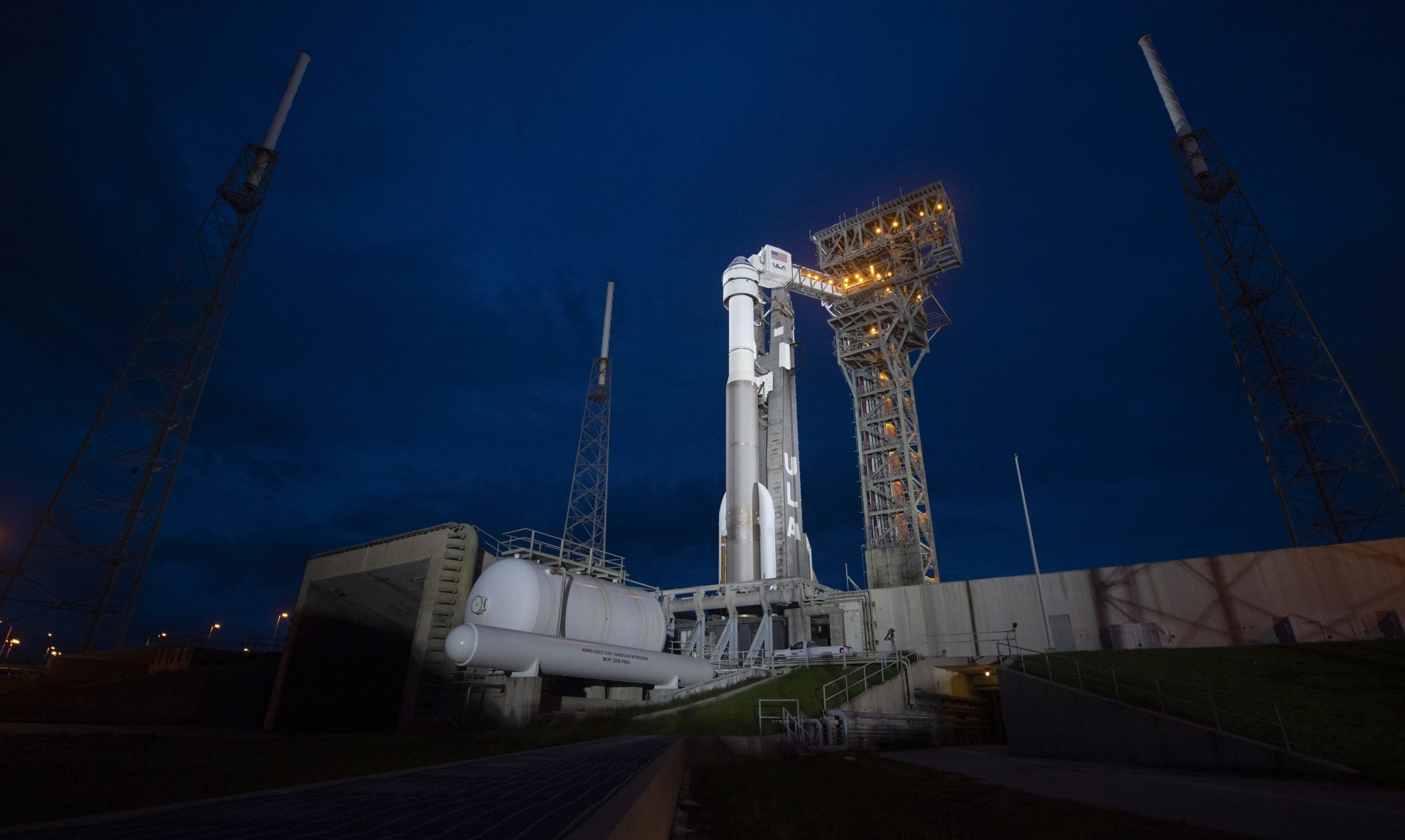Boeing’s CST-100 Starliner, a spacecraft for transporting astronauts to the Worldwide Area Station designed under NASA’s Commercial Crew System, is using shape so slowly that NASA wishes to transfer some amateur astronauts assigned to Boeing’s prepared flights to competitor SpaceX’s Crew Dragon so that they can get some spaceflight experience, Ars Technica noted Tuesday.
Citing two nameless resources, Ars Technica’s Eric Berger described that the changes have nevertheless to be authorised by NASA’s Multilateral Crew Operations Panel, the team in demand of flight assignment.
NASA hasn’t responded to an Observer inquiry inquiring to verify the report.
If the variations are going on, the a few astronauts at first assigned to Starliner—Nicole Mann, Josh Cassada and Jeanette Epps—will probably fly on the SpaceX’s Crew-5 mission, the company’s fifth operational flight to the ISS, focused for launch no before than August 2022.
The a few astronauts ended up assigned to either Starliner’s initial crewed exam flight or its initially operational flight. Mann, who was assigned to Starliner’s crewed examination, OFT-2, was intended to fly in 2019. But a sequence of setbacks have delayed her flight indefinitely.
Cassada and Epps had been the two assigned to Starliner’s very first operational mission, identified as Starliner-1. There is no concentrate on launch day for that flight just but.
The NASA astronauts with flight working experience at present assigned to the Crew Flight Test and Starliner-1 missions, Butch Wilmore, Michael Fincke, and Sunita Williams, will continue to be on those manifests for now, Ars Technica’s Berger documented.
In December 2019, Boeing introduced an uncrewed Starliner atop a United Launch Alliance Atlas V rocket in a exam mission called OFT-1, supposed as a remaining dry operate prior to flying astronauts. Regrettably, the spacecraft encountered a number of software program challenges all through the flight, ensuing in a untimely landing without having docking at the ISS.
That incident induced a 20-month hold off on Boeing’s start timetable. After much more than a yr of troubleshooting and tests, Starliner was finally ready for a second uncrewed exam on August 3. Having said that, hours ahead of liftoff, 13 of the 24 valves in the spacecraft’s assistance module malfunctioned. The flight was postponed at first for a day then indefinitely after Boeing made a decision to clear away the Starliner capsule from the booster for even further inspection.
It is unclear when Starliner may well attempt to launch once more, simply because extra than two months later on, Boeing nevertheless has not figured out what just brought about those valves to shut abnormally.
In a assertion, Boeing reported it “continues to work numerous troubleshooting endeavours in parallel†and that screening “is using location both on the car or truck and in offline labs.â€

